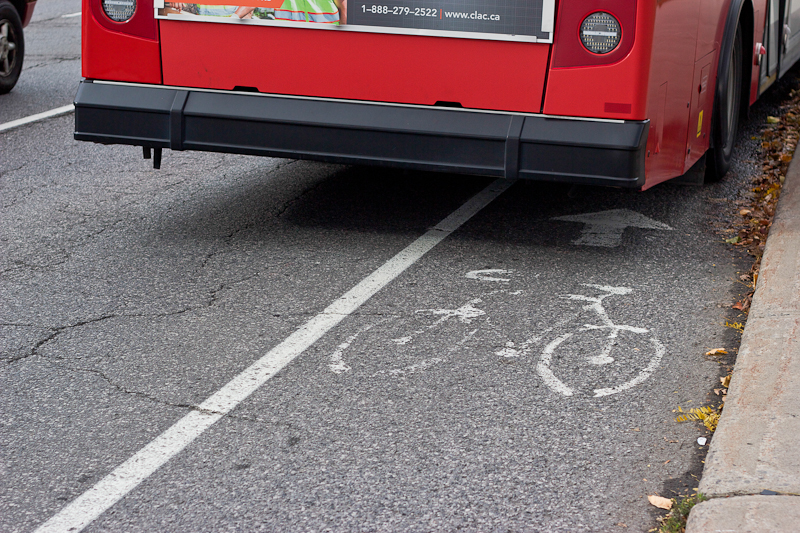
Issues were aired and solutions flowed at a cycling town hall meeting organized by the Graduate Students’ Association Nov. 6.
Community leaders in attendance were Ottawa-Centre MP Paul Dewar, Capital Ward councillor David Chernushenko, Carleton special constable Kyle Gallinger, Citizens for Safe Cycling president Hans Moor, and University of Ottawa Bike Co-Op supervisor Seamus Wolfe.
Chernushenko spoke about actions the city is taking to make cycling a more attractive form of transportation in the city.
“Our biggest challenge is to get people to see that cycling isn’t scary,” he said.
He also noted that Ottawa is growing into a city that sees cycling as normal, an opinion echoed by other members on the panel.
Dewar highlighted the gaps in the existing cycling infrastructure in Ottawa.
He said that he was “proud of our parks, but that we haven’t kept up, and there are gaps.”
He also said that it “is really important to focus on solutions,” pointing to the Corktown footbridge, which is built across the canal at Somerset Street, as an example.
Wolfe also gave a passionate speech about the confusing and disjointed cycling infrastructure in the area around the University of Ottawa.
Pointing to the Pretoria Bridge, he said, “there are bike lanes on the bridge, but not on either of the streets that feed it.”
Wolfe also criticized the city’s cutbacks in public consultation about cycling.
He said it was now “extremely difficult” for people to have input on council decisions, referring to the scaling down of community advisory councils.
Once the floor opened to the public, the ideas and solutions for making cycling more attractive came fast and thick, both from the audience and from the table.
Complex solutions like a separate pedestrian bridge along Bronson Avenue sprung up, as well as simple guerrilla tactics like nailing down a 2×4 beside the stairs at the Hartwell Locks.
“If someone were to do that, I don’t think anyone would remove it, and it might spur the government into action,” Dewar laughed.
A number of ideas were brought up to address the danger on the Bronson Avenue bridge in particular.
Chernushenko said he would propose a reduction of the speed limit on Bronson Avenue from 60 km/h to 50 km/h. Council has since directed staff to conduct a safety review of the street. The report is due in March 2013.
Other solutions proposed included segregated bike lanes along the bridge and a shared sidewalk, which would operate in a similar fashion to the pathways along the Rideau Canal.
Dewar also said he wants to see more funding from the gas tax levy go towards “smart infrastructure for cycling, and not just more roads.”
He said he would also like to see a permanent infrastructure fund to ensure these sorts of projects can go forward.
The meeting came to a close, with both participants and panelists pledging to organize and push cycling issues to the forefront at all levels of government.





